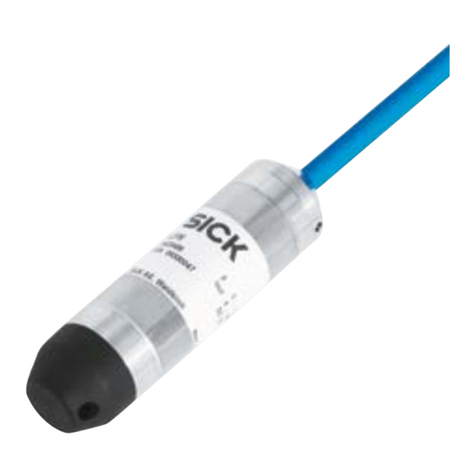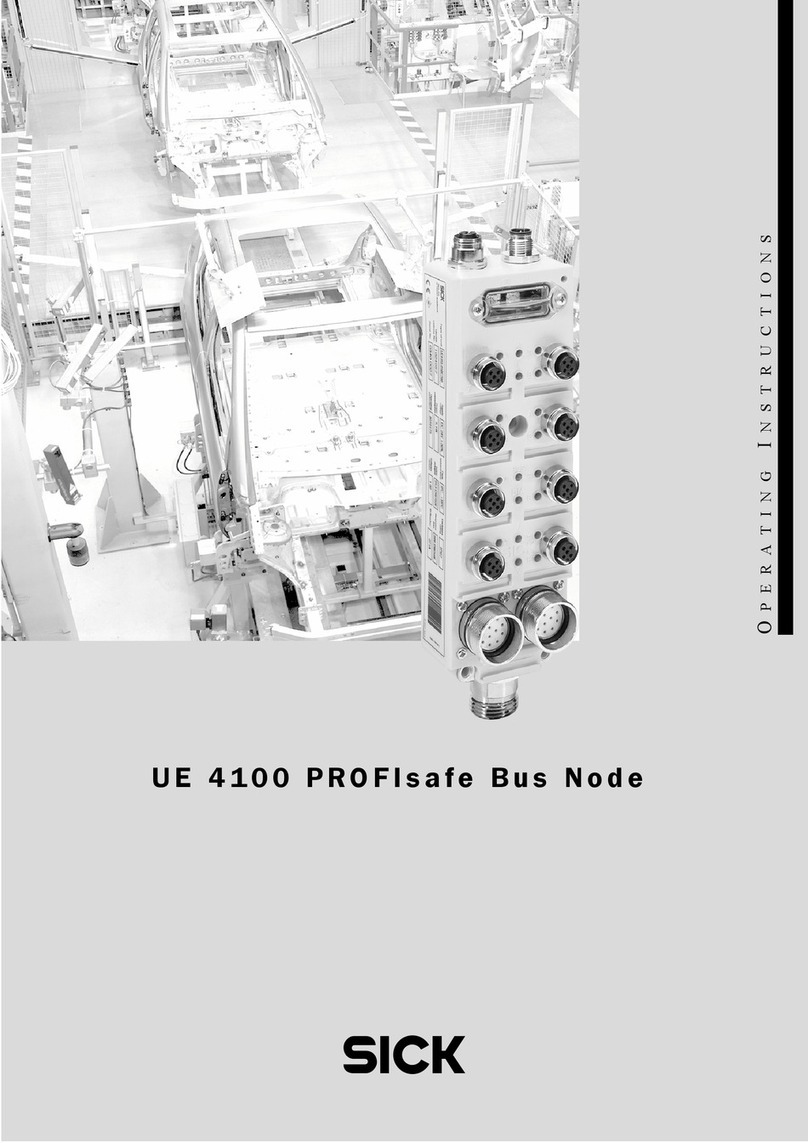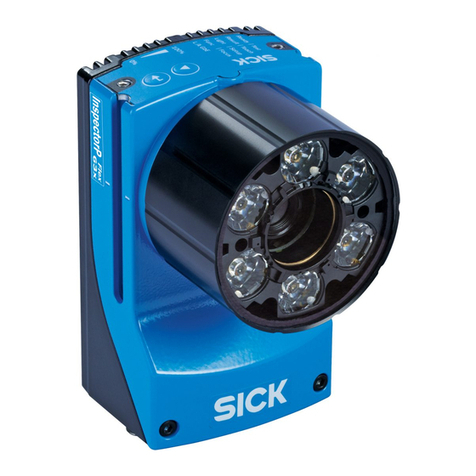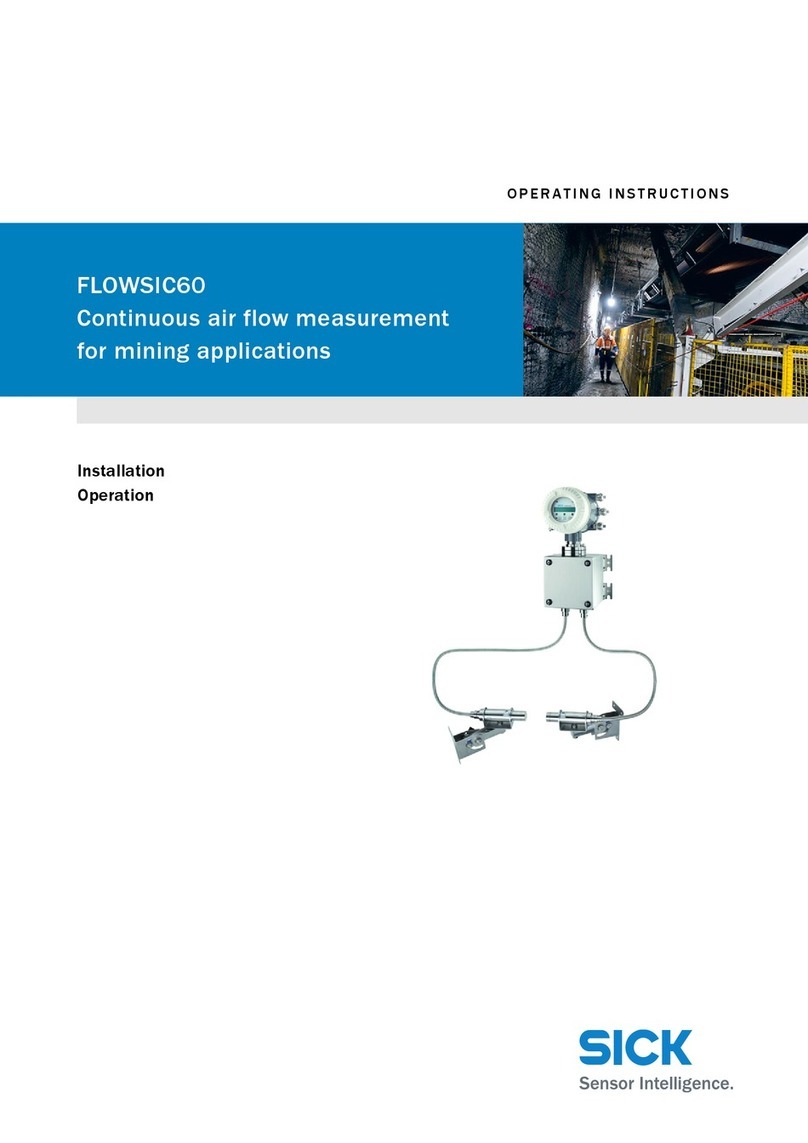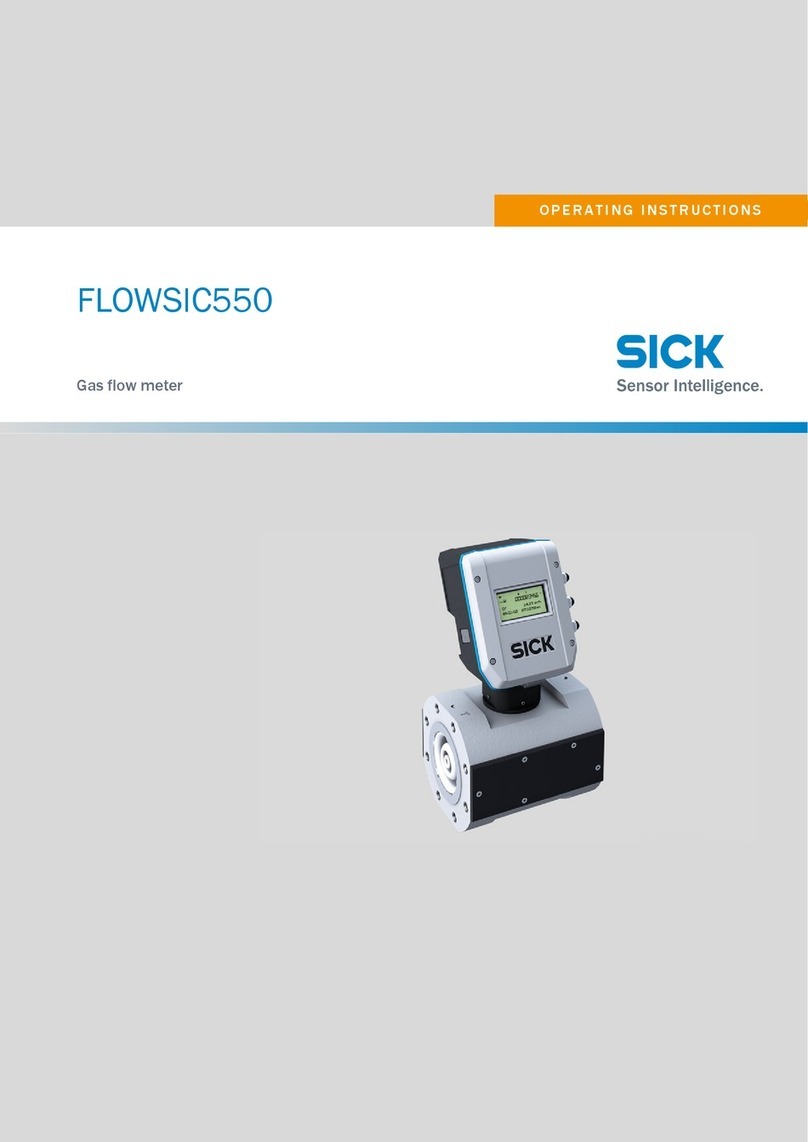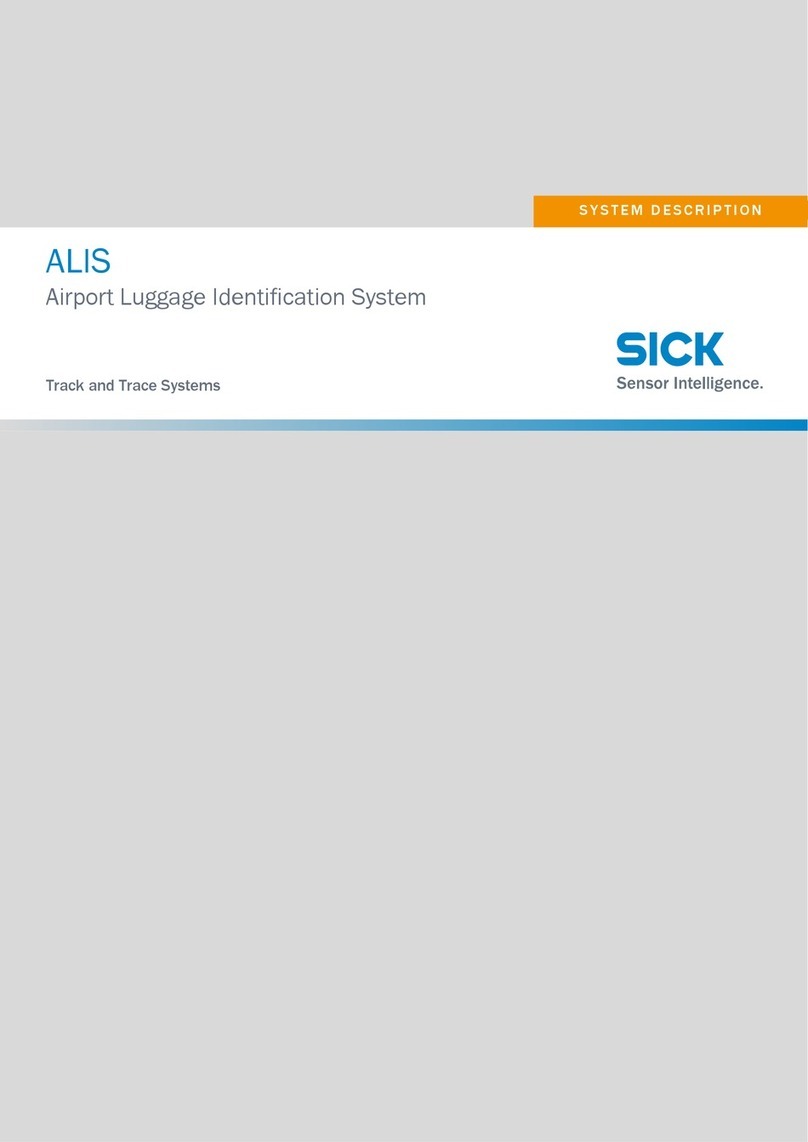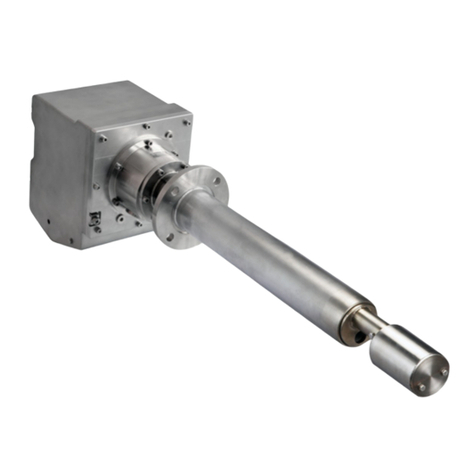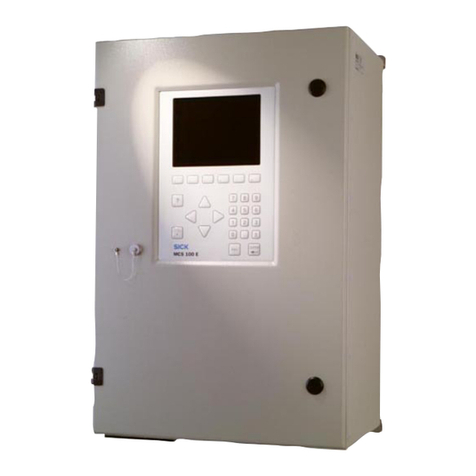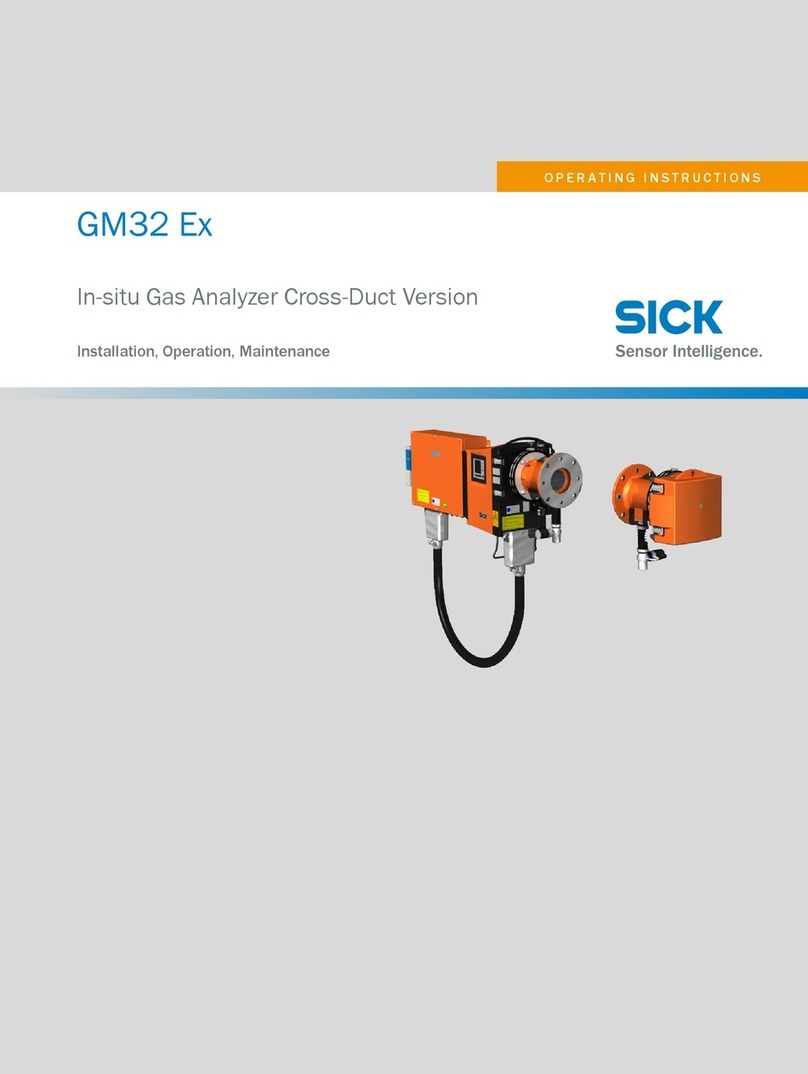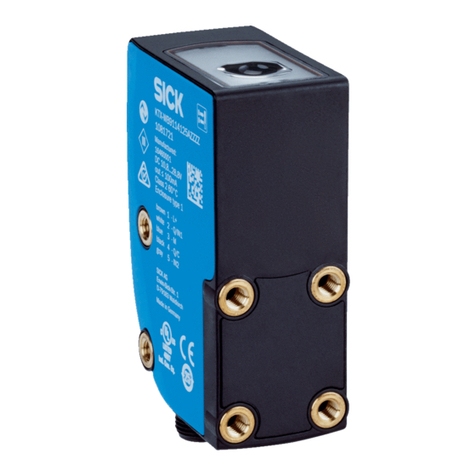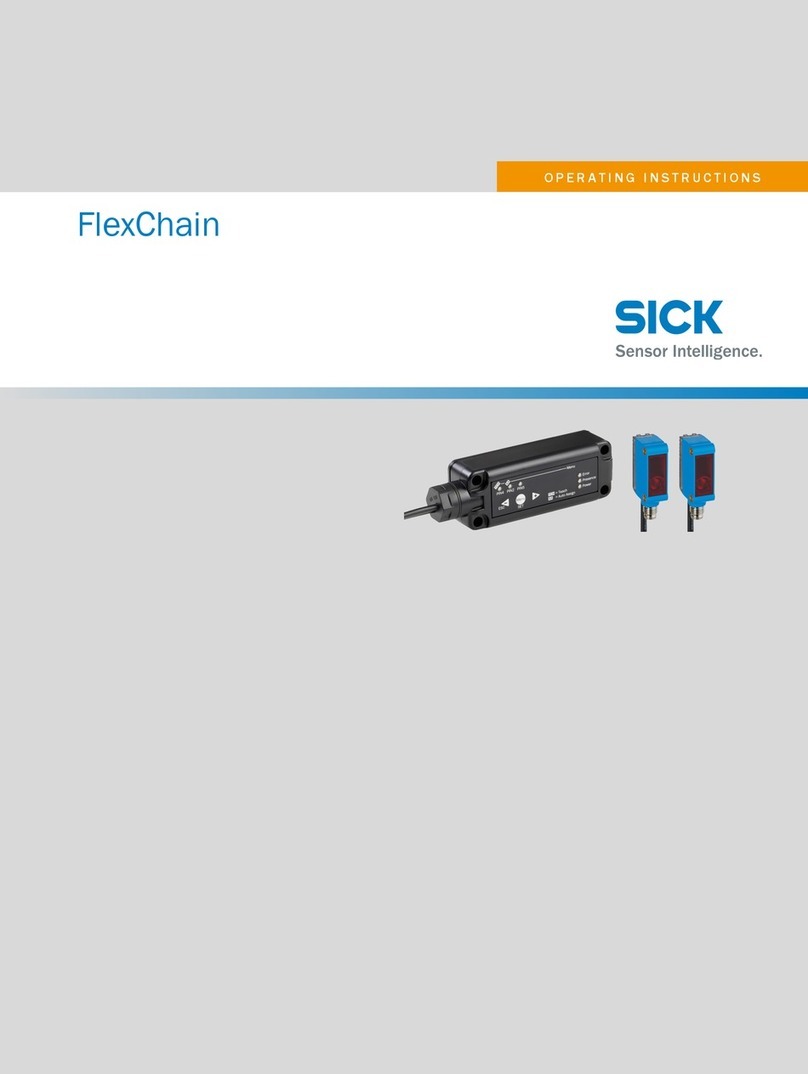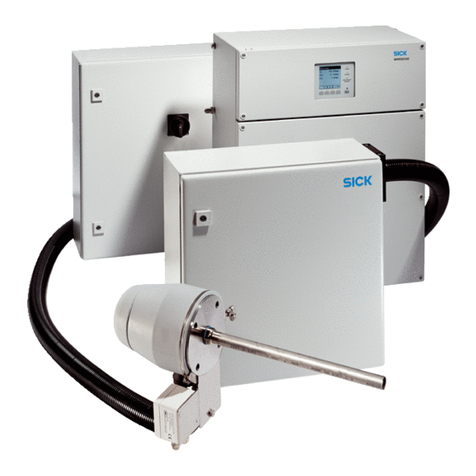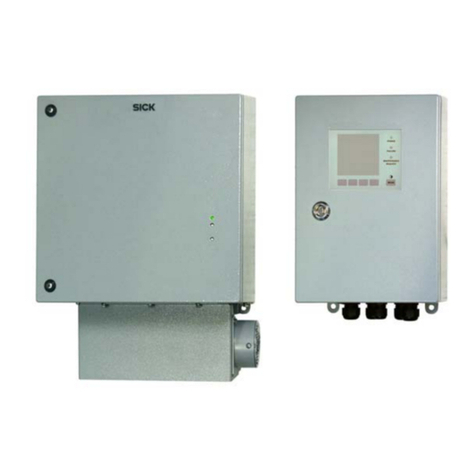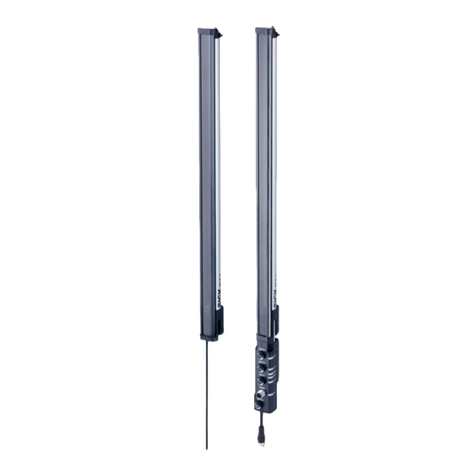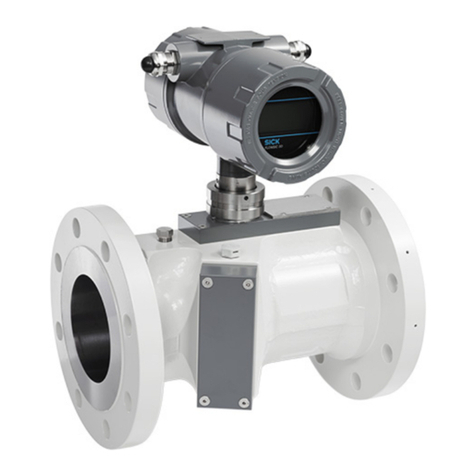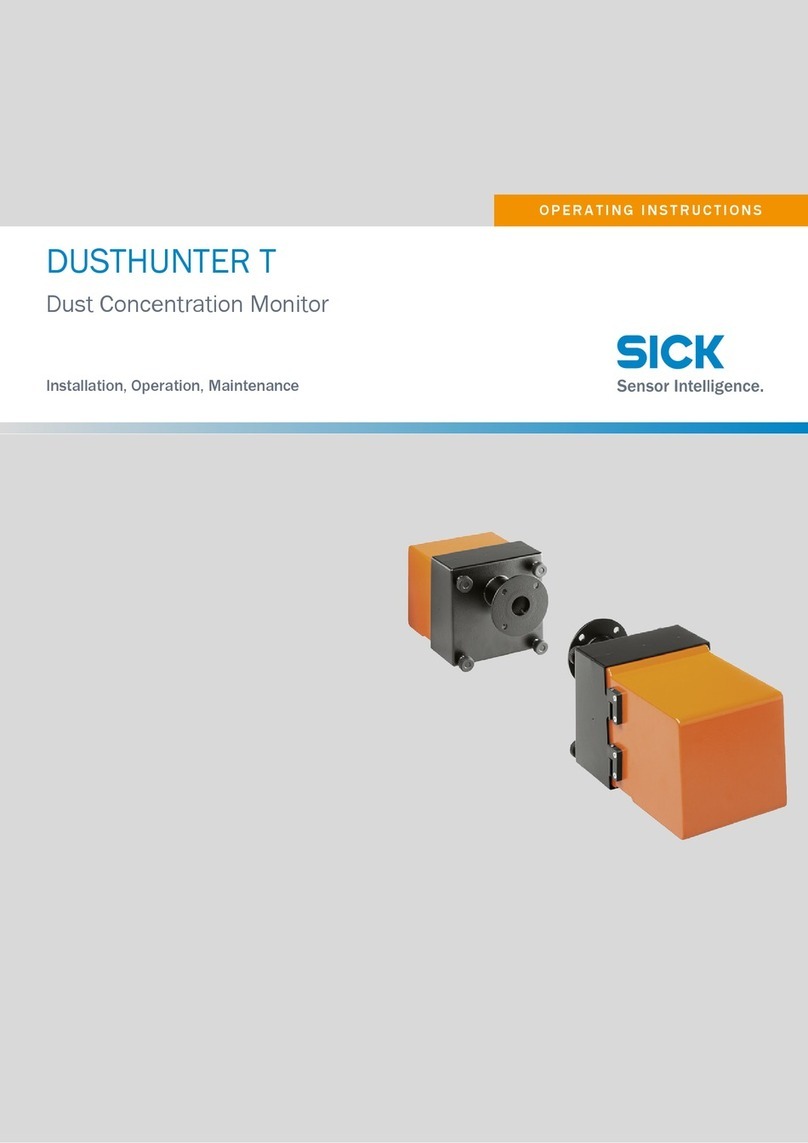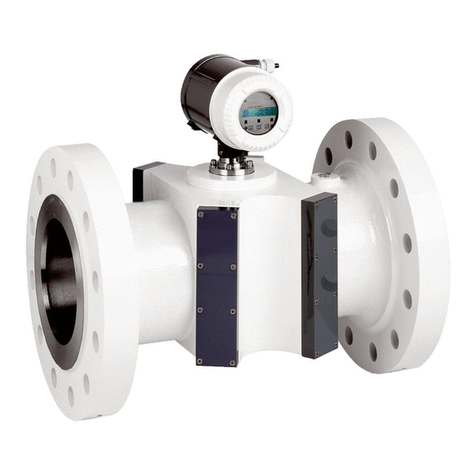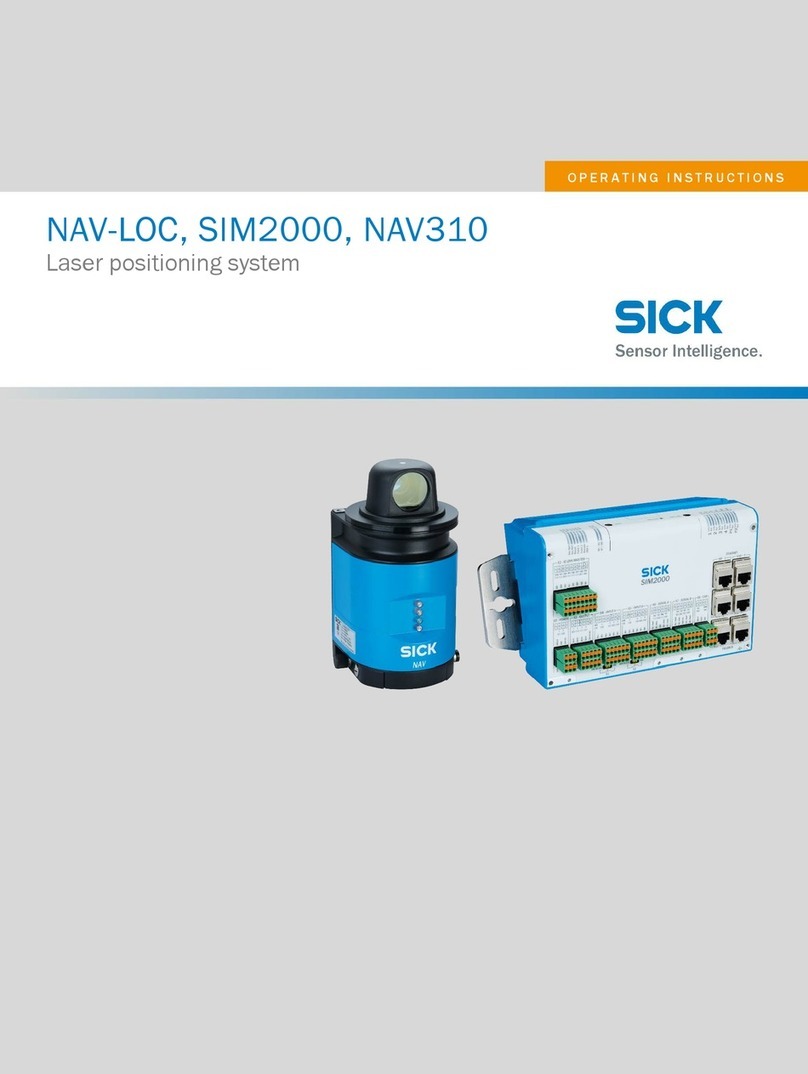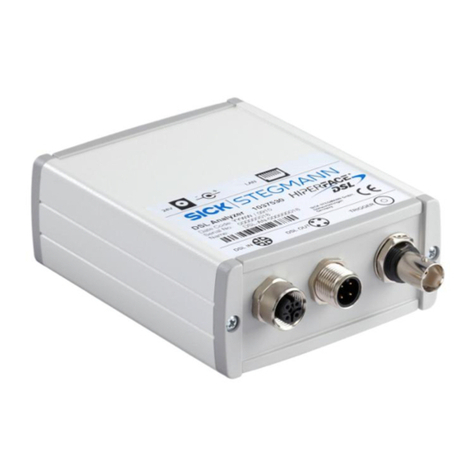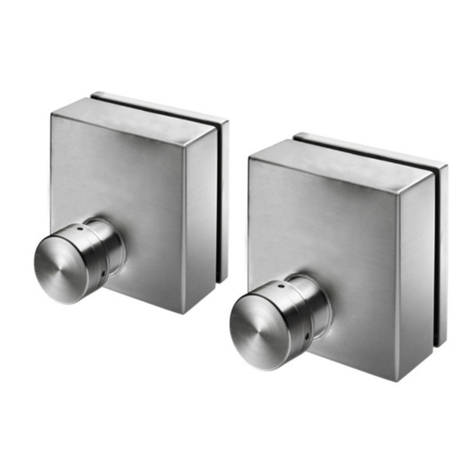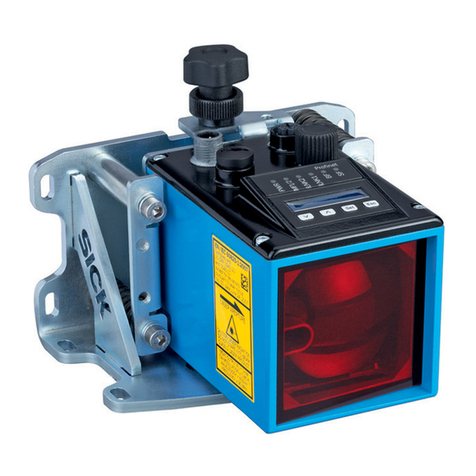
Fehler! Unbekannter Name für Dokument-Eigenschaft.
S100
4© SICK AG • Subject to change without notice 8012238/YY30/2015-02-20
5Mounting.......................................................................................................................... 25
5.1 Definition of the size of the switching field for mobile applications ................ 26
5.2 Mounting steps ................................................................................................... 26
5.2.1 Direct mounting ................................................................................ 27
5.2.2 Mounting with mounting kit 1a or 1b .............................................. 27
5.2.3 Mounting with mounting kit 2 and 3 ............................................... 29
5.2.4 Using multiple S100 laser scanners ............................................... 29
6Electrical installation ..................................................................................................... 32
6.1 System connection ............................................................................................. 32
6.2 System plug assembly........................................................................................ 34
6.2.1 Cable glands ..................................................................................... 34
6.2.2 Wire cross-sections........................................................................... 35
6.3 Pre-assembled system plugs ............................................................................. 35
7Application examples and connection diagrams ........................................................ 36
7.1 Applications with the S100 Standard................................................................ 36
7.2 Applications with the S100 Professional .......................................................... 37
8Configuration................................................................................................................... 38
8.1 Default delivery status........................................................................................ 38
8.2 Preparation of the configuration........................................................................ 38
8.3 Configuration of the CANopen master............................................................... 39
9Commissioning................................................................................................................ 42
9.1 Initial commissioning.......................................................................................... 42
9.2 Re-commissioning .............................................................................................. 43
10 Care and maintenance ................................................................................................... 44
10.1 Cleaning optics cover ......................................................................................... 44
10.2 Replacing optics cover ....................................................................................... 44
11 Diagnostics ...................................................................................................................... 46
11.1 SICK support ....................................................................................................... 46
11.2 Error and status indications on the LEDs.......................................................... 46
11.3 Error and status indications on the 7segment display.................................... 48
11.4 Extended diagnostics ......................................................................................... 51
12 Technical specifications ................................................................................................ 52
12.1 Characteristics .................................................................................................... 52
12.2 Response times .................................................................................................. 53
12.3 Data sheet........................................................................................................... 54
12.4 Dimensional drawings ........................................................................................ 60
12.4.1 S100.................................................................................................. 60
12.4.2 Mounting kits .................................................................................... 60
12.4.3 Scan plane origin .............................................................................. 62
13 Ordering information ...................................................................................................... 63
13.1 Delivery S100 ..................................................................................................... 63
13.2 Available systems ............................................................................................... 63
13.3 Accessories/spare parts .................................................................................... 63
13.3.1 Mounting kits .................................................................................... 63
13.3.2 System plug S100 ............................................................................ 64
13.3.3 Service cable..................................................................................... 64
13.3.4 Self assembly connecting cables .................................................... 64
13.3.5 Documentation ................................................................................. 64
13.3.6 Other.................................................................................................. 65
